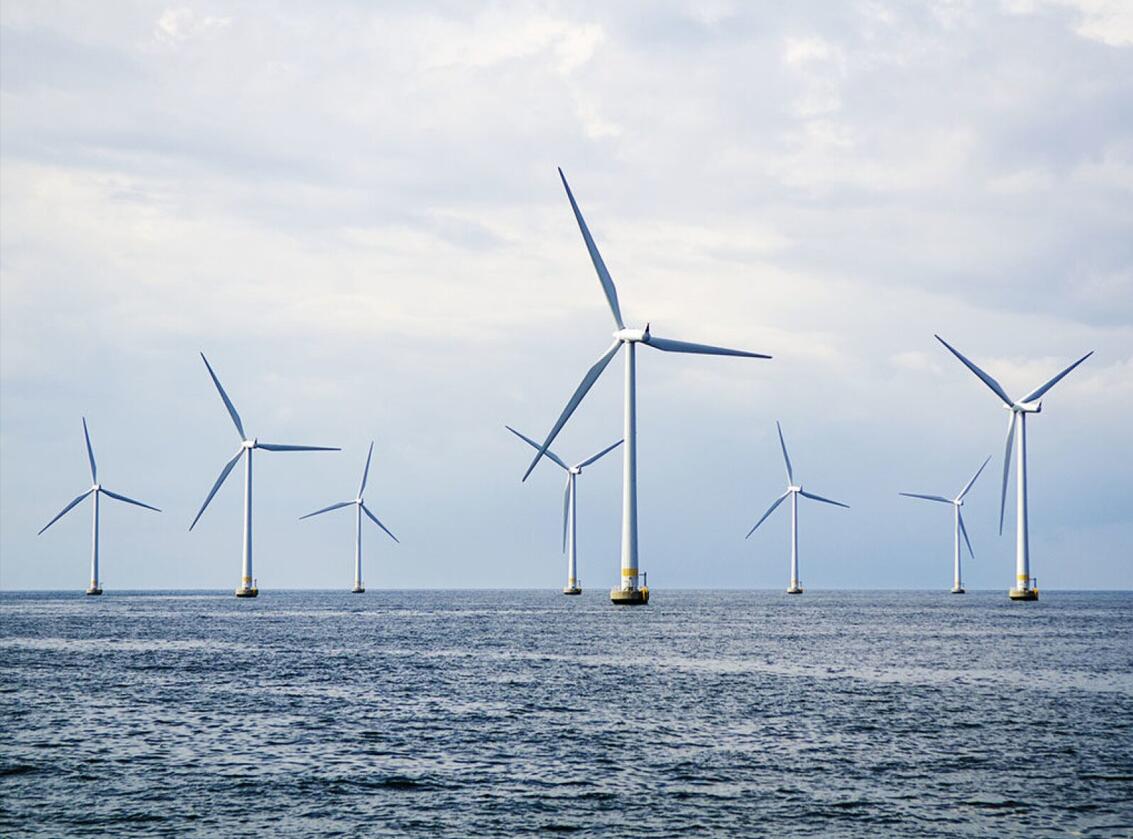1
Not to be outdone by US rival ExxonMobil, BP has upped its energy transition targets for the years ahead with 40% of capital spending being earmarked to energy transition projects by 2025, a 50% cut in operational emissions by 2030, and net-zero emissions by 2050. The supermajor originally targeted a 30–35% reduction in operational emissions by 2030, and net-zero full-life-cycle emissions from the products it sells by 2050, as opposed to a 50% reduction in the emissions intensity of those products by that point.
“Over the past 2 years we have set a new purpose, direction, and strategy ... and completed the largest reorganization in our history,” Chief Executive Bernard Looney told investors in February. “We enter 2022 with growing confidence. The past 2 years have reinforced our belief in the opportunities that the energy transition presents.”
BP aims to generate as much as $10 billion from energy transition businesses by 2030, driven by five transition growth engines—bioenergy, convenience, electric vehicle charging, renewables, and hydrogen. The operator has quadrupled its renewables development pipeline since the end of 2019, from 6 GW to 24.5 GW. This includes its entry into offshore wind, now with a project pipeline of 5.2 GW net, including its recent success in the ScotWind leasing round.
With its renewables pipeline and 4.4 GW developed to final investment decision at the end of the year, it is on track for its target of having developed 20 GW renewable power capacity by 2025 and its aim for 50 GW by 2030. The operator remains confident of achieving 8–10% levered returns for these investments.
In hydrogen, BP has built a significant portfolio of options in markets worldwide with potential capacity of 0.7–1.3 mtpa. Additional value creation is possible through integration with renewables and carbon capture and sequestration (CCS).
 iMetal
iMetal
